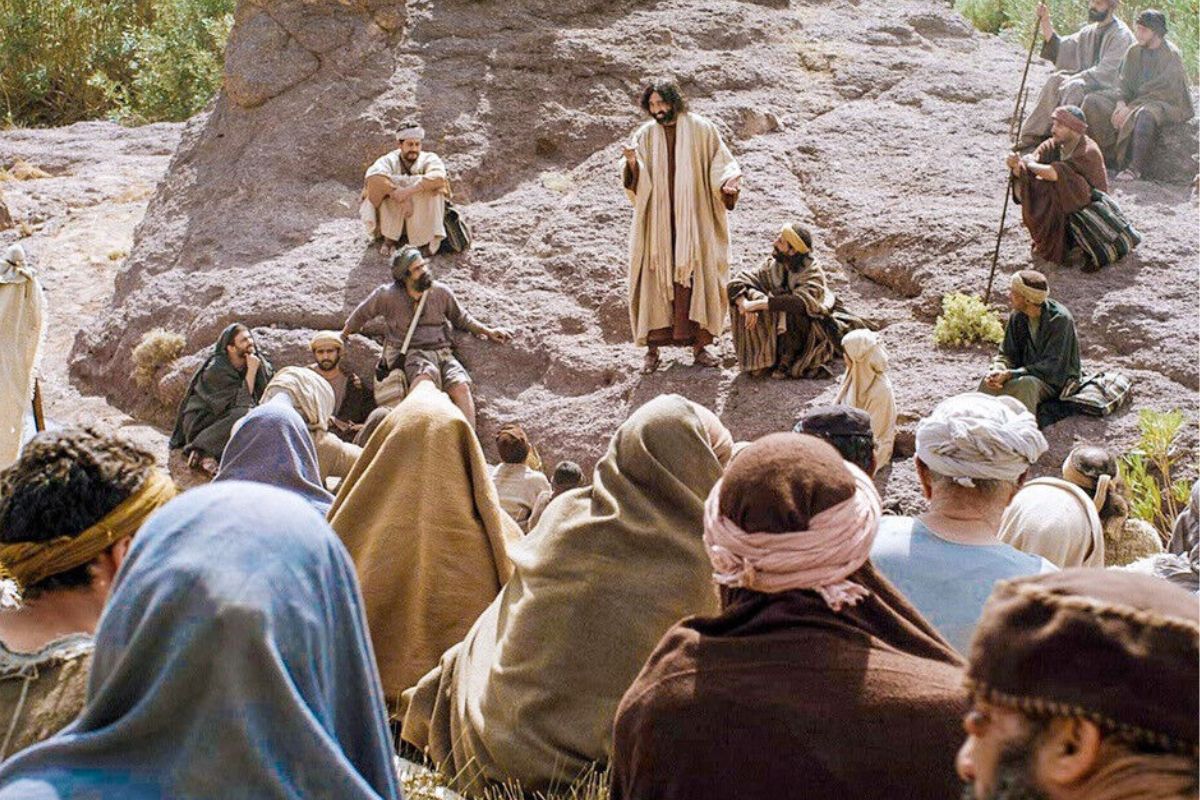
Lin S. Norton, in his book, Action research in Teaching and Learning, defines four categories of teachers – mediocre, good, superior and great. Mediocre teachers tell their students what to do. Good teachers explain things to their students. Superior teachers demonstrate concepts. But GREAT teachers inspire their students.
JESUS – THE TEACHER
Jesus is a role model for parents, teachers, and Christian Educators. His unique style, creative methods and immersive approach can influence and motivate us.
The Gospels present Jesus as a teacher par excellence. Jesus’s method and style of teaching were radically different. Jesus captured the listeners’ interest, made the content relevant and employed a learning process that engaged the learner with contemporary concerns and Scripture.
Jesus was undeniably a GREAT teacher – the Greatest ever. “Better than a thousand days of diligent study is one day with a great teacher” is a Japanese Proverb. Let’s look at Jesus – the teacher, and learn the art of teaching with a difference. Here are Jesus’ three distinctive principles for you to consider.
INTENTIONAL CALL TO ACTION
As an ideal teacher, Jesus used easily relatable stories (parables) to teach abstract concepts. He taught the core values of life through these simple stories. Jesus’ teaching style and method helped people understand God’s perspective on life. Each parable is closed with an open invitation for the people to respond to the call of God.
We are all too familiar with Call to Action (CTA), used in digital marketing platforms. CTA’s are intended to prompt users to perform a specific action. Jesus’ parables almost always ended with a CTA.
CONTEXTUAL STYLE AND DELIVERY
Jesus helped people to face life’s challenges and find hope and resilience. This is the significance of person-centric teaching rather than content-centric education.
The real learning experience is established only when learners actively participate in the learning process. Jesus did not present a systematic set of instructions or a well-formatted curriculum. Jesus’ teaching was contextual. He used similes, metaphors, puns, and proverbs, which were already popular with the masses. His use of parables drawn from real-life situations helped people experience transformation.
PEOPLE-CENTRIC FOCUS
Jesus’ teaching style was contrary to many religious leaders of his time. Jesus preferred people-centred teaching to content-centred teaching. He inspired people to grow and become better versions of themselves. His educational model focused on the holistic transformation of the individual and society.
Jesus addressed everyday life issues as well as broader socio-political issues. Jesus’ teaching method turned his listeners into learners. They now became active participants rather than remaining mere spectators.
Jesus did not present a systematic set of instructions or a well-formatted curriculum. Jesus’ teaching was contextual.
Each parable and sermon of Jesus established a broader perspective of the kingdom of God and prepared the listeners to benefit. Jesus helped people to face life’s challenges and find hope and resilience. This is the significance of person-centric teaching rather than content-centric education.
CONCLUSION
Jesus’ scriptural authority, unique style, creative teaching methods and people-centric approach make him the GREATEST teacher ever seen. Jesus is a role model for parents, teachers, and Christian Educators. His unique style, creative methods and immersive approach can influence and motivate us to have a positive impact in the family, school and Church.
Contributed by LUMO project - Jesus Teachings